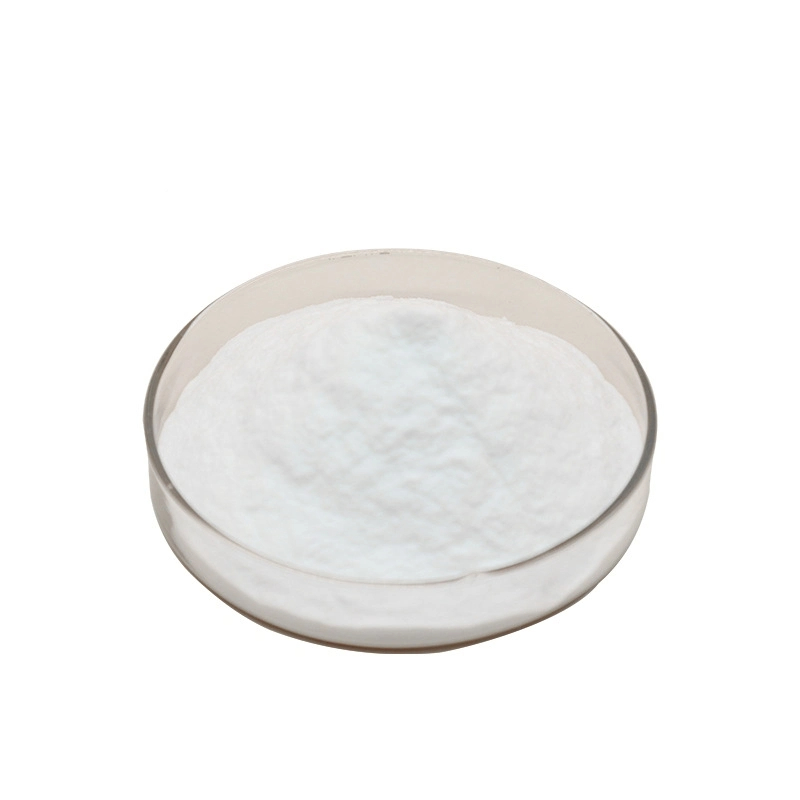



Enhancing Pest Control with Chlorine Dioxide Fumigation Techniques and Benefits for Agriculture
Chlorine Dioxide Fumigation A Comprehensive Overview
Chlorine dioxide (ClO2) is a potent antimicrobial agent known for its effectiveness in disinfecting and sanitizing a wide range of environments. This compound has gained increasing attention in various fields, including food safety, water treatment, and indoor air quality management. Fumigation with chlorine dioxide has emerged as a powerful method for controlling microbial contamination, particularly in agricultural settings and food processing facilities.
Understanding Chlorine Dioxide
Chlorine dioxide is a yellow-green gas at room temperature, but it can be effectively delivered in a gaseous form for fumigation purposes. This compound is distinct from chlorine; while both are strong oxidizers and disinfectants, chlorine dioxide offers several advantages. It is less reactive with organic materials, which reduces the formation of toxic byproducts. Furthermore, ClO2 has a broad spectrum of activity, making it capable of targeting bacteria, viruses, and fungi alike.
The Fumigation Process
The fumigation process involves introducing chlorine dioxide gas into a designated area to disinfect surfaces, objects, and the air itself. The horror of foodborne illnesses and resistance to conventional disinfectants have propelled the demand for effective fumigation techniques. In agricultural practices, for instance, ClO2 fumigation is utilized to protect crops from pathogens without leaving harmful residues that can affect the produce.
Before fumigation, it is critical to prepare the space by sealing it to prevent gas leakage. Once the area is enclosed, chlorine dioxide can be released in controlled concentrations. The gas circulates throughout the designated space, penetrating surfaces and effectively reaching hidden areas where traditional cleaning methods might fail. The concentration of ClO2 and duration of exposure are critical factors that determine the efficacy of the fumigation process.
Applications in Various Industries
Chlorine dioxide fumigation is particularly valuable in several industries
chlorine dioxide fumigation

1. Agriculture Farmers utilize ClO2 to sanitize equipment, greenhouses, and storage facilities. This helps to minimize microbial contamination in crops, thereby enhancing food safety.
2. Food Processing ClO2 is employed in food processing plants to disinfect surfaces, packaging materials, and the air, reducing the risk of cross-contamination and spoilage.
3. Water Treatment Chlorine dioxide has been approved for use in potable water disinfection, effectively controlling pathogens without forming harmful byproducts like trihalomethanes (THMs).
4. Healthcare In hospitals and clinics, ClO2 fumigation can decontaminate rooms and equipment, especially in instances of outbreak management or after certain procedures that may lead to contamination.
Safety Considerations
While chlorine dioxide is effective in controlling microbial growth, it is essential to handle it with care. The gas can be toxic at high concentrations, necessitating proper safety measures during fumigation processes. Personnel should wear appropriate protective equipment, including respirators, during the fumigation procedure. Monitoring air quality and ensuring adequate ventilation post-fumigation are crucial steps to mitigate any potential health risks.
Conclusion
Chlorine dioxide fumigation represents a remarkable advancement in disinfection technology. Its ability to effectively eliminate a broad range of pathogens while leaving minimal residue makes it a preferred choice in many industries. As awareness of food safety and public health continues to grow, the role of chlorine dioxide in fumigation practices is likely to expand further. Embracing this method not only helps in combating microbial contamination but also ensures safer environments for both consumers and industries alike. As researchers continue to explore its potential applications and enhance safety protocols, the future of chlorine dioxide fumigation looks promising, paving the way for improved sanitation practices across various sectors.
-
Why Sodium Persulfate Is Everywhere NowNewsJul.07,2025
-
Why Polyacrylamide Is in High DemandNewsJul.07,2025
-
Understanding Paint Chemicals and Their ApplicationsNewsJul.07,2025
-
Smart Use Of Mining ChemicalsNewsJul.07,2025
-
Practical Uses of Potassium MonopersulfateNewsJul.07,2025
-
Agrochemicals In Real FarmingNewsJul.07,2025
-
Sodium Chlorite Hot UsesNewsJul.01,2025










